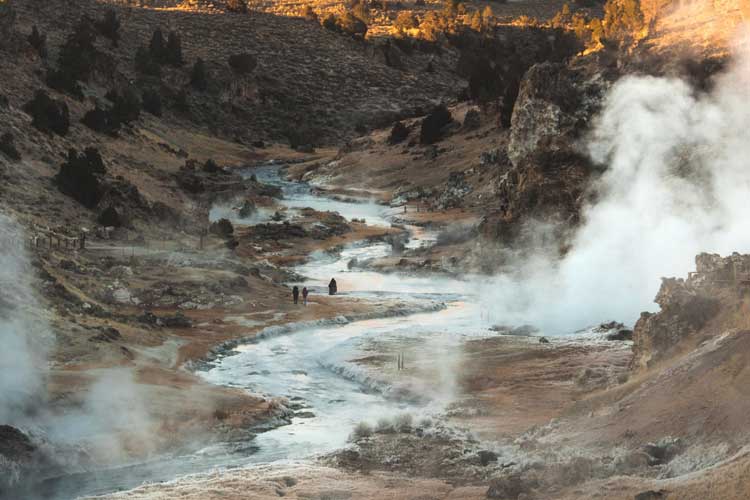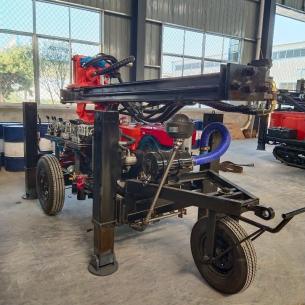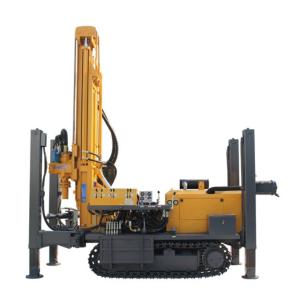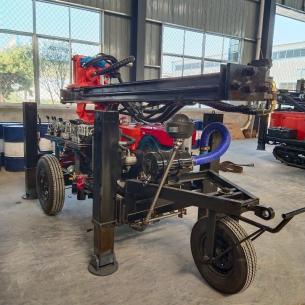How To Find Water Underground For A Well?
Finding a reliable underground water source is the critical first step in drilling a successful well. Whether you're a homeowner, farmer, or business owner, understanding how to locate water underground can save you significant time, money, and effort. This guide explores time-tested traditional methods and modern technological approaches to help you find the best spot to drill for water.
Why Proper Water Finding Matters
Drilling a well is a major investment. Hitting a sufficient aquifer—an underground layer of water-bearing rock—on the first attempt maximizes your return on investment. A properly located well provides a sustainable water yield, better water quality, and long-term reliability, making the initial exploration process invaluable.
Traditional and Low-Tech Survey Methods
For centuries, people have relied on observational techniques to find water. While not always 100% reliable, these methods can provide valuable clues.
Observation of Topography and Geology
Water often collects in low-lying areas, valleys, and at the base of slopes. Understanding local rock formations is key; sandstone is often porous and a good aquifer, while dense granite may hold very little water.
Vegetation Indicators
Lush, green vegetation in otherwise dry areas, or specific water-loving plants like willows, cottonwoods, and cattails, can signal shallow groundwater.
Animal and Insect Behavior
Bees and ants are known to build their nests near water sources. Large numbers of midges or mosquitoes can also indicate shallow moisture.
Modern Geological and Hydrogeological Survey Techniques
A more scientific approach involves understanding the geology beneath your feet.
Consulting Geological Maps
These maps reveal the types of rock and sediment in your area. A local geologist or hydrologist can interpret these maps to identify potential aquifers.
Studying Neighboring Wells
The single best indicator of what lies beneath your property is the success of wells on neighboring properties. Information on their depth, yield, and the aquifer they tap into is incredibly valuable.
Analyzing Aerial and Satellite Photos
Experts can identify lineaments—linear landscape features that may indicate fractures or faults in the bedrock. These cracks can be excellent conduits for water.
Advanced Technological Methods for Professional Well Drillers
For the highest success rate, professional drillers employ sophisticated geophysical tools.
Electrical Resistivity Tomography (ERT)
This is one of the most effective and widely used methods. It measures the subsurface's electrical resistance by passing a current through the ground. Water-saturated rock conducts electricity better than dry rock. By taking measurements across a large area, professionals can create a 2D or 3D map that reveals potential aquifers, their depth, and their approximate volume.
Ground-Penetrating Radar (GPR)
GPR uses high-frequency radio waves to image the subsurface. It can be useful for locating shallow aquifers in sandy or gravelly soils and identifying fractures in bedrock.
Seismic Refraction
This method measures how shock waves travel through different underground layers. Since the speed of these waves changes between dry and water-saturated materials, it can help identify potential water-bearing zones.
Your next step: Partner with experts equipped to help you succeed.
Finding water sources is both an art and a science. While you can gather some initial clues, there's no substitute for the precision of modern technology and the skill of experienced drillers.
At Wogong, we're focused on delivering successful water well outcomes. We go beyond drilling; we use a comprehensive geological assessment and advanced resistivity technology to analyze your site and recommend the optimal drilling location. Our powerful FY300 is designed to efficiently reach deep aquifers and ensure an adequate water supply to meet your needs.
Ready to confidently find water sources?
Contact us today for a professional on-site consultation and quote. Let our expertise guide your project to success.




